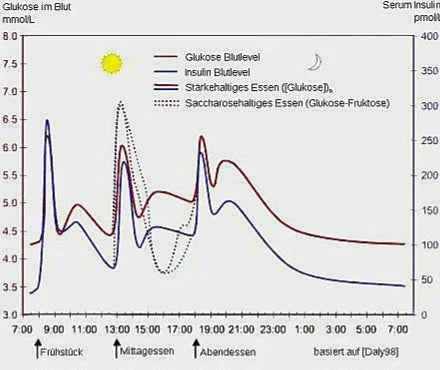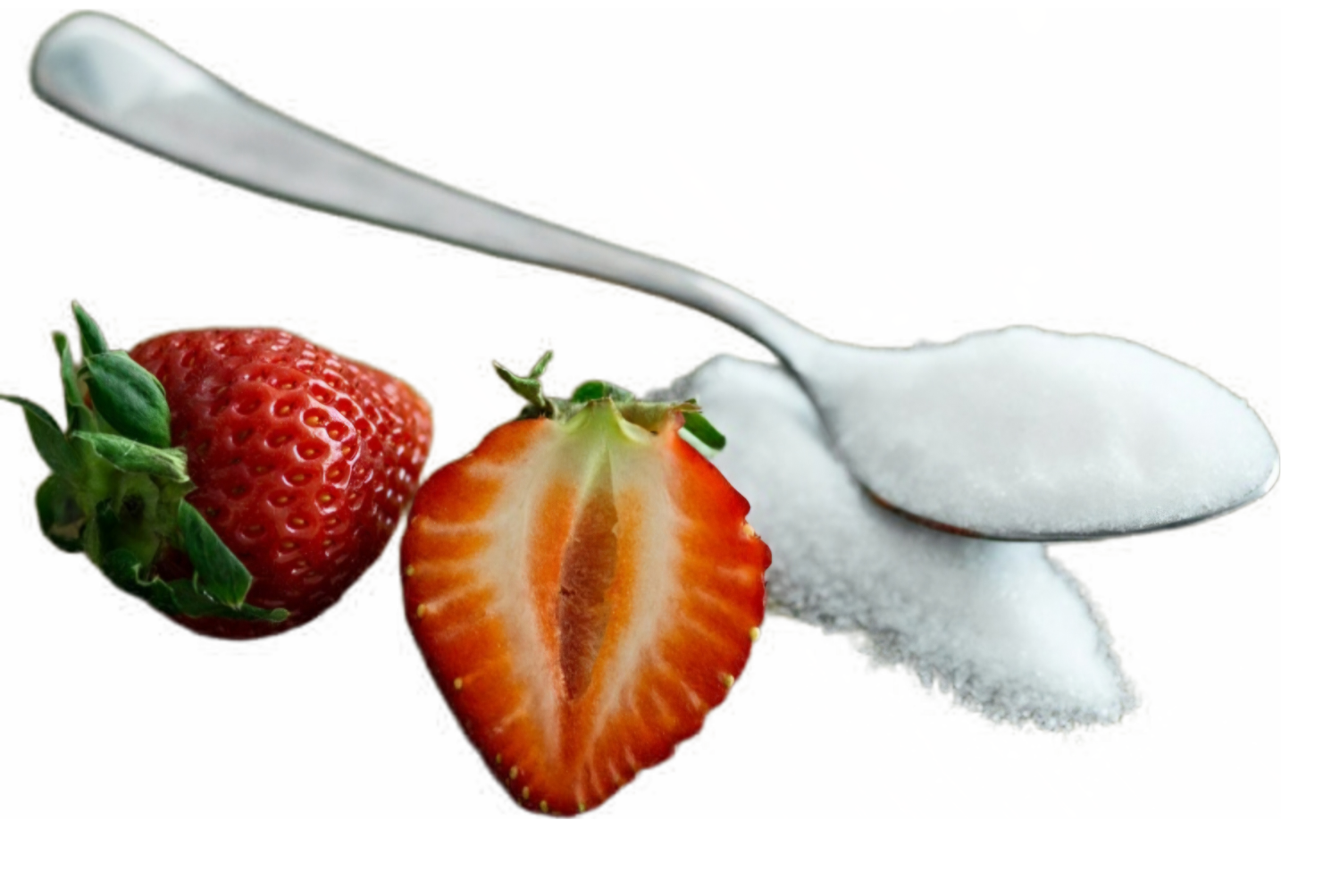
Glucose-insulin curve
Allulose StoreThe glucose-insulin curve shows how blood sugar (glucose) and insulin levels change over a 24-hour period, with particular attention to the role of meals and food composition (starch, sucrose, fructose).
After meals
Blood sugar levels rise after every major meal (breakfast, lunch, dinner), especially if the food contains a lot of starch or sugar.
Rapid peak and fall
Foods containing sucrose and fructose cause a faster and higher blood sugar spike than starchy foods.
These sharp peaks are followed by a significant drop in blood sugar levels, which can trigger a strong feeling of hunger.
Insulin level
The rise in insulin levels closely follows the development of blood sugar levels because insulin helps glucose enter cells, thereby reducing blood sugar levels.
Daily cycle
Blood sugar and insulin levels fluctuate naturally, adjusting to eating and sleep-wake cycles.
They are higher after meals and return to lower values at night and between meals.
In summary
Consuming simple sugars (sucrose, fructose) causes greater blood sugar fluctuations and a faster drop, while the insulin response helps restore normal glucose levels, but the cyclical swings can result in significant hunger.

